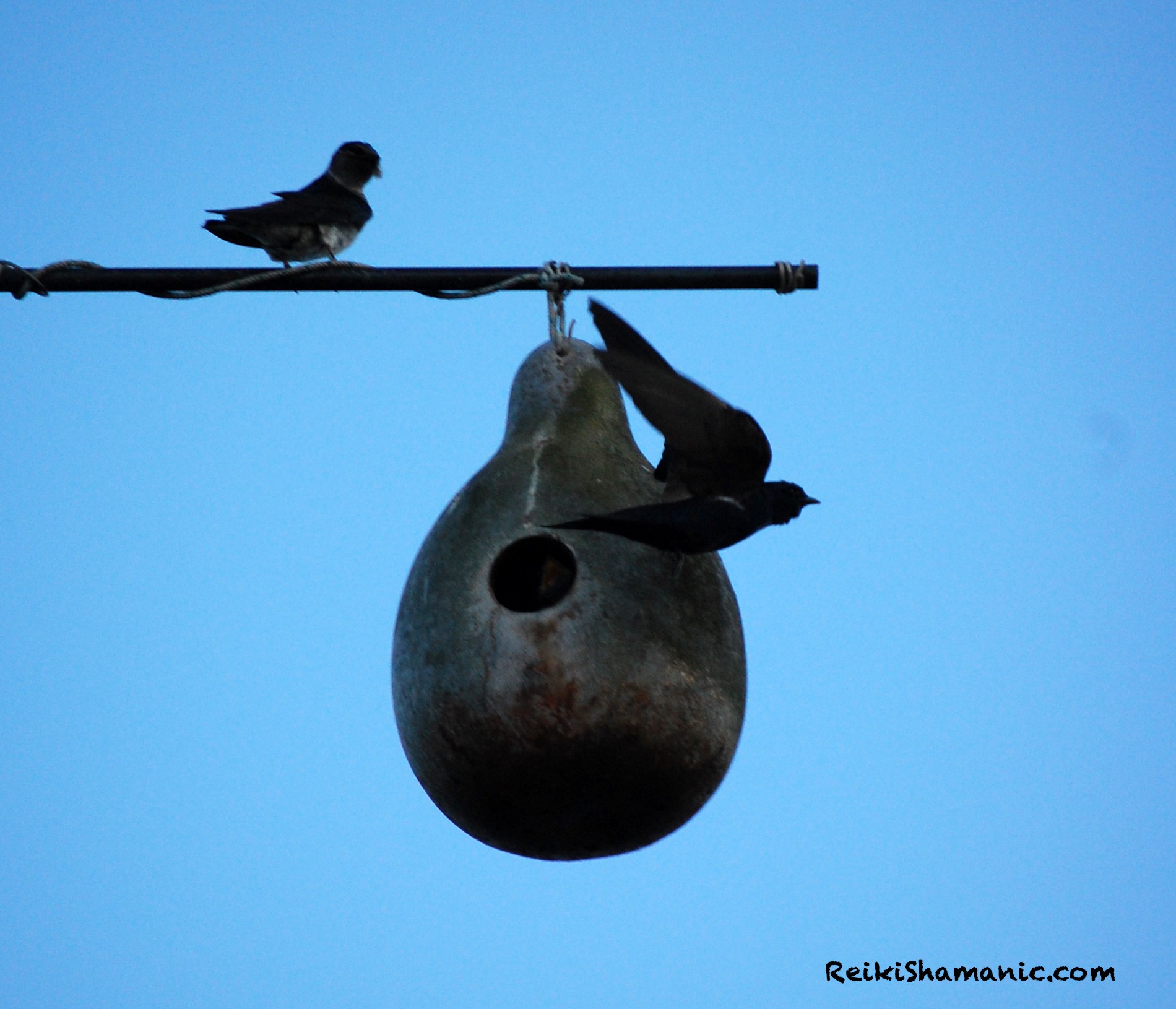
When Hope Flies In: The Return of the Purple Martins
This week I attended a networking gathering by the Port of Seattle. Attending this kind of event is not my usual style; however, I went for three major reasons.
First, I went as a member of the Alki Wildlife Habitat Project (AWHP), and unofficial photographer. Our hard-working leader, Dolly Vinal, was presenting a certification certificate of Jack Block Park as a Backyard Wildlife Habitat from the National Wildlife Federation along with a sign for public display. Our group has been working on community certification of Alki for five years. We will finally achieve that goal this year; certification of Jack Block Park fits into our future vision of certifying all of the West Seattle peninsula and the Duwamish area specifically.
Second, I went as a shaman. My recent experiences conducting the monthly public Peruvian shamanic despacho ceremonies have raised my awareness of the need for me to begin seriously applying everything I have learned about shamanism toward the goal of reversing global warming and reconnecting people, animals, and the natural world. Sometimes that role takes the form of simply showing up with the intention of being available to Spirit and seeing what happens.
Third, I went because I love Jack Block Park, and any excuse to hang out by Puget Sound and watch the marine wildlife is good.
Jack Block Park is perhaps one of the least well-known Seattle parks, even in Alki. Located on 15 acres next to Salty’s Restaurant on Harbor Avenue, Jack Block Park contains a walking path, a 45-foot high observation tower, a walking pier, and a kicking view of the Seattle skyline and Mt. Rainier (on a good day). And something else few know about, a breeding colony of Purple Martins!
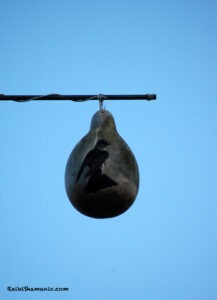 The following information is extracted from the beautiful handout for the presentation at Jack Block Park, designed and written, respectively, by fellow AWHP members Wilda Boyd and Kara Whittaker.
The following information is extracted from the beautiful handout for the presentation at Jack Block Park, designed and written, respectively, by fellow AWHP members Wilda Boyd and Kara Whittaker.
“Purple Martins are a migratory swallow species that breeds in North America and winters in the Amazon basin of South America.
“In Washington, Purple Martins were once locally common near marine shorelines, but their populations have declined steeply over the past 50 years. They are now a Washington State Candidate species, meaning the species may meet the criteria for listing as State Endangered, Threatened, or Sensitive. The primary reasons for their decline are the removal of natural snags and nest cavities and increased competition with exotic bird species for nest cavities…”
“Purple Martin boxes were first erected in West Seattle at Jack Block Park by local volunteers in 1996. The lower Duwamish waterway is home to three nesting colonies which together make up one of the most productive sites in Seattle. A fourth colony site was established this spring with six new gourds at the Seacrest Park Pier, but no new nesting activity has yet occurred there. It is expected that Martin ‘scouts’ will locate these new gourds late this summer and return to nest in them next spring.
“The Seacrest gourds were installed by members of the Alki Wildlife Habitat Project, whose goal is to promote neighborhood involvement in restoring the natural legacy of our community.”
After the certification presentation and some truly mouth-watering food prepared by Blue Willow Catering (so maybe I had a fourth reason for attending!), I decided to break away from the networking and go off and explore the scenery. The hour was getting close to sunset, and the light was perfect for taking some photographs.
I checked out the Purple Martin gourds hanging from the walking pier, but they all seemed pretty quiet, with no one in attendance. And then, I spotted a single Martin sitting on a pole at the end. The angle for the shot was perfect; straight geometric lines of the pier framed the graceful steely curves of artificial lampposts and the natural curves of the gourd houses, and in the background, the one lone purple martin. To me, the shot captured the essence of urban conservation—finding ways to balance the wants of our society with the needs of nature.
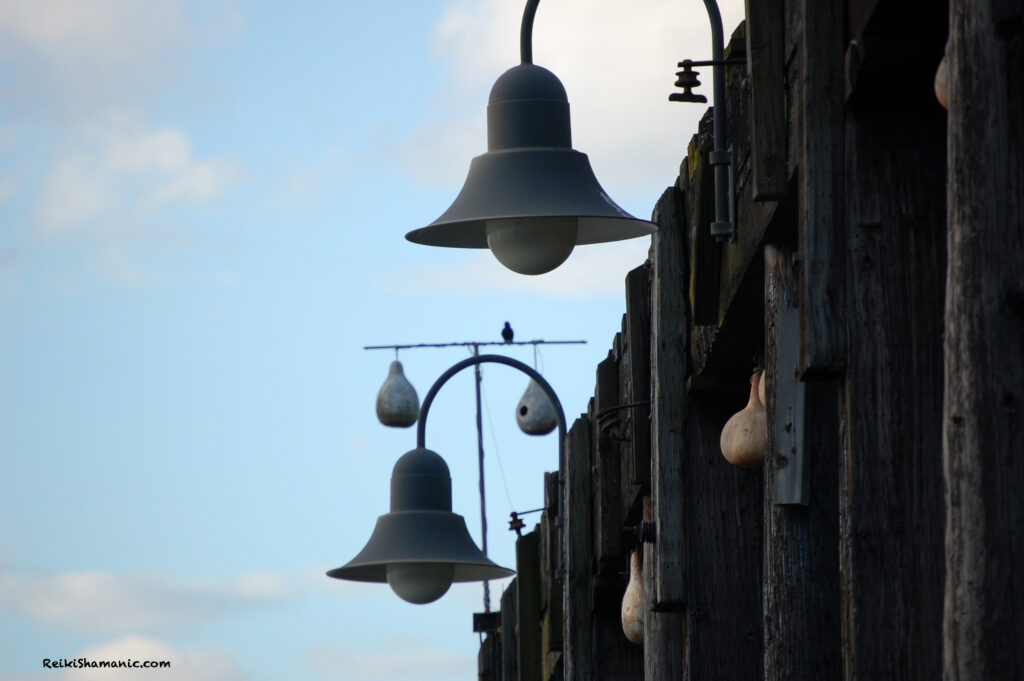
I returned to the networking group wishing I had been able to see more of the Martins. As the sun sank lower, I was alerted by Greg Whittaker of Alki Kayak Tours that some Purple Martins were congregating at the gourds closest to the end of the pier.
I hurried to see, arriving in time to take some amazing photos of a Purple Martin family at dinnertime. With two babies to feed, the parents were quite busy; one would land on the gourd, stuffing the insect it carried into one gaping mouth, while the other parent waited on the sidelines with the next mouthful. I just kept clicking away, hoping to capture some sense of the beauty and grace of the parents as they swept in and out.
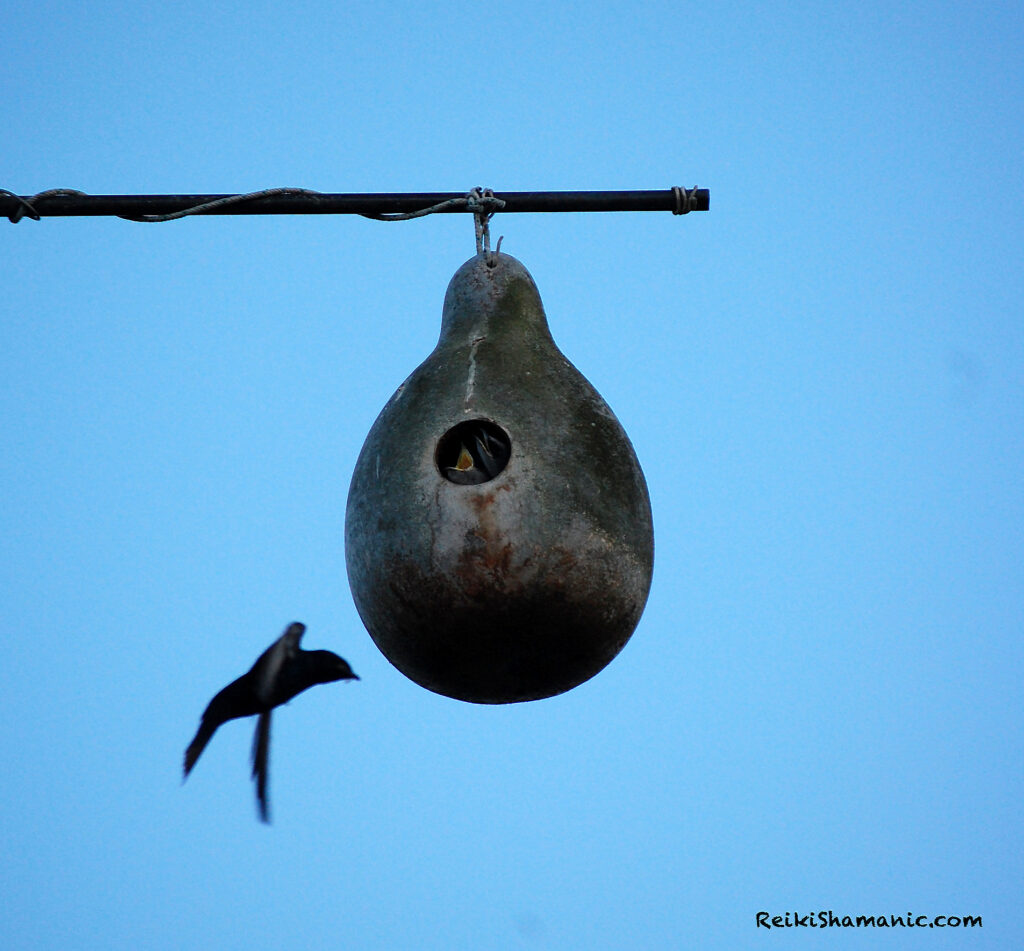
Finally satisfied that I had done my best, and with the light fading, I made my way back toward the group.
Along the way, I paused for a moment to take in the cloudy sunset illuminating the shorelines of Alki and Seattle, a passing ferry and the barge moored nearby and noticed a flying Caspian tern carrying a fish in its beak. The largest tern in the world, its clean, aerodynamic lines enable it to drop like an arrow into the water to catch its dinner, and as it made its way past our urban skyline, I felt hope.
Hope that through places like Jack Block Park, we will be able to watch future generations of Purple Martins—as well as other wildlife—raise their families. Hope that we can not only preserve the beauty of the natural world by creating more oases and corridors for wildlife within our urban landscapes but also increase the presence of wildlife in our neighborhoods and our hearts. Hope flies.
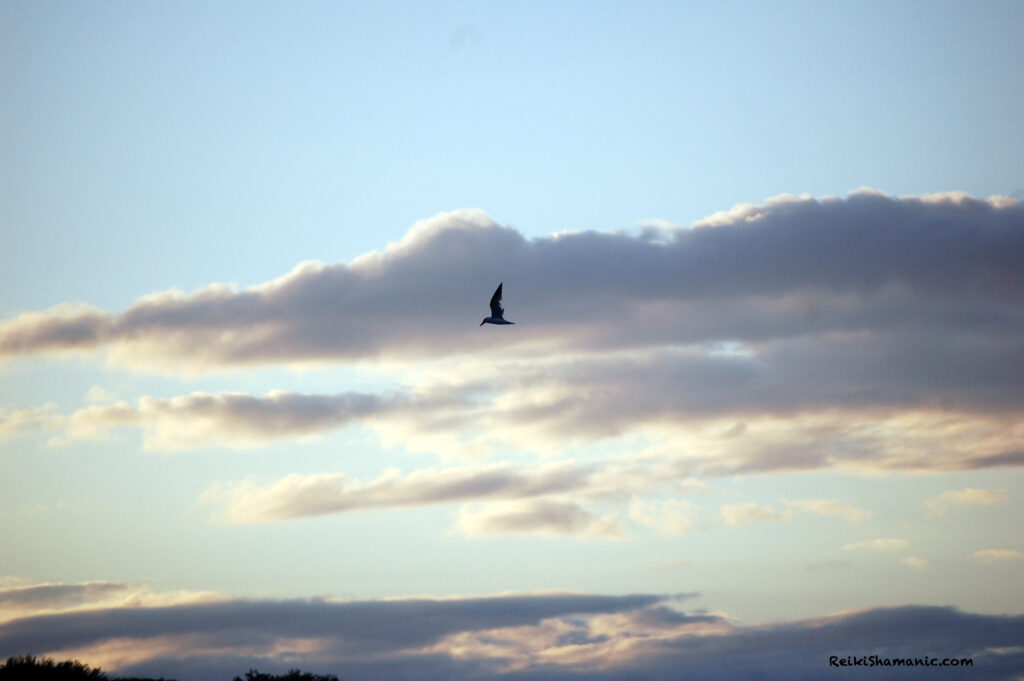
For more information on how to get your backyard or community certified as a Backyard Wildlife Habitat visit the National Wildlife Foundation website.
Photos by ©Rose De Dan 2008. All Rights Reserved.
>>>>>>
Learn how to connect more deeply with animals, restore balance to your life, increase intuitive skills, and help heal the Earth with live Reiki and shamanic teleclasses, available worldwide.
>>>>>>
SHARE THIS ARTICLE
You are welcome to share this article with others by email, on your blog or to your mailing list so long as you leave it intact and do not alter it in any way. All links must remain in the article. And, you must include the copyright notice and the bio.
©2008 Rose De Dan. All Rights Reserved. www.reikishamanic.com
>>>>>>>>>>
A WILD WAY TO HEAL
Rose De Dan, Wild Reiki and Shamanic Healing LLC, is an animal communicator, Reiki Master Teacher, shamanic energy healer, and author. Her classes, sessions and ceremonial work are inspired by wild and domestic animals who have issued a call to action for personal and global healing.
Her book Tails of a Healer: Animals, Reiki and Shamanism features heartwarming stories about animals and their role in her evolution as an energy worker and shamanic healer.

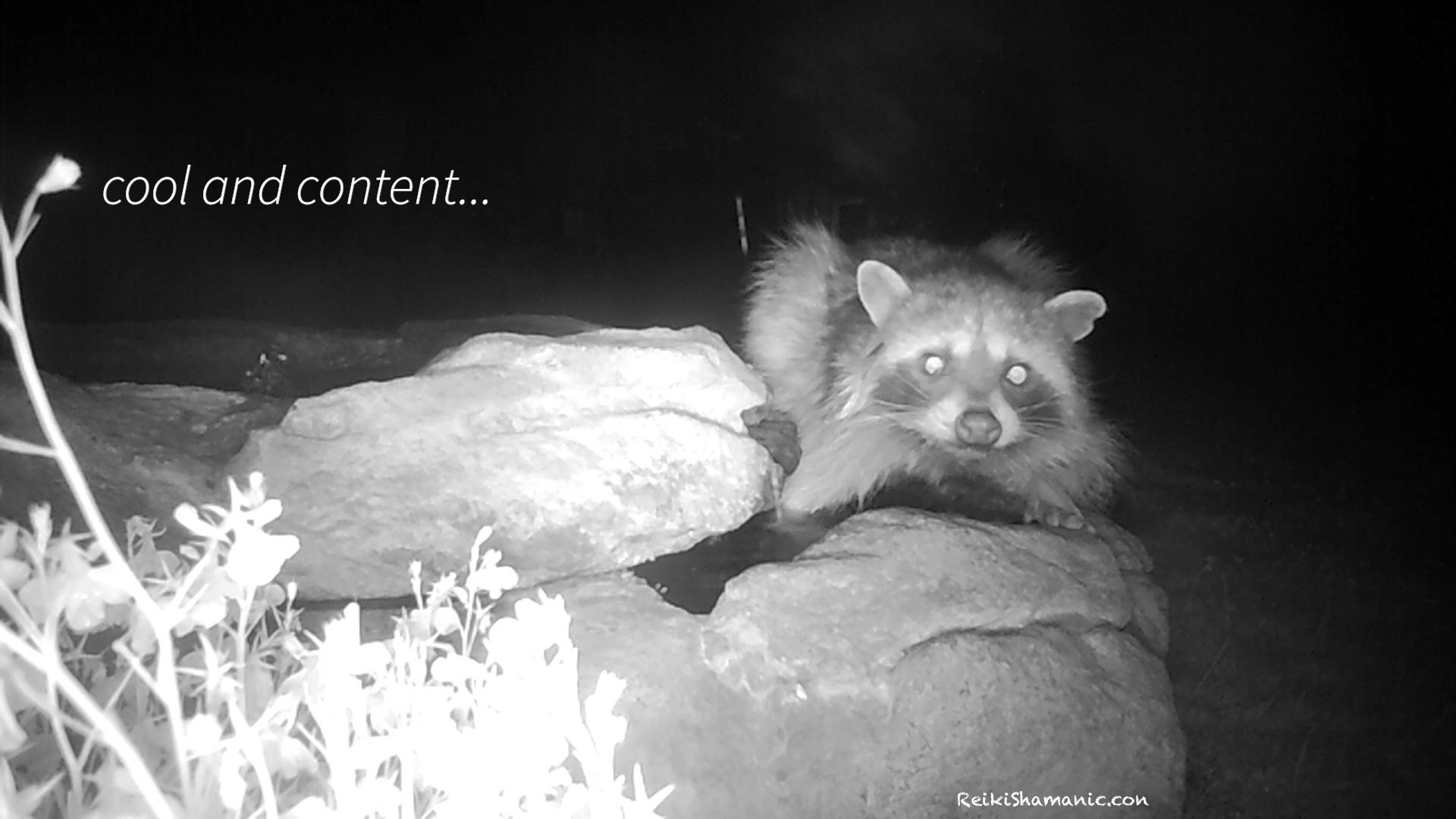
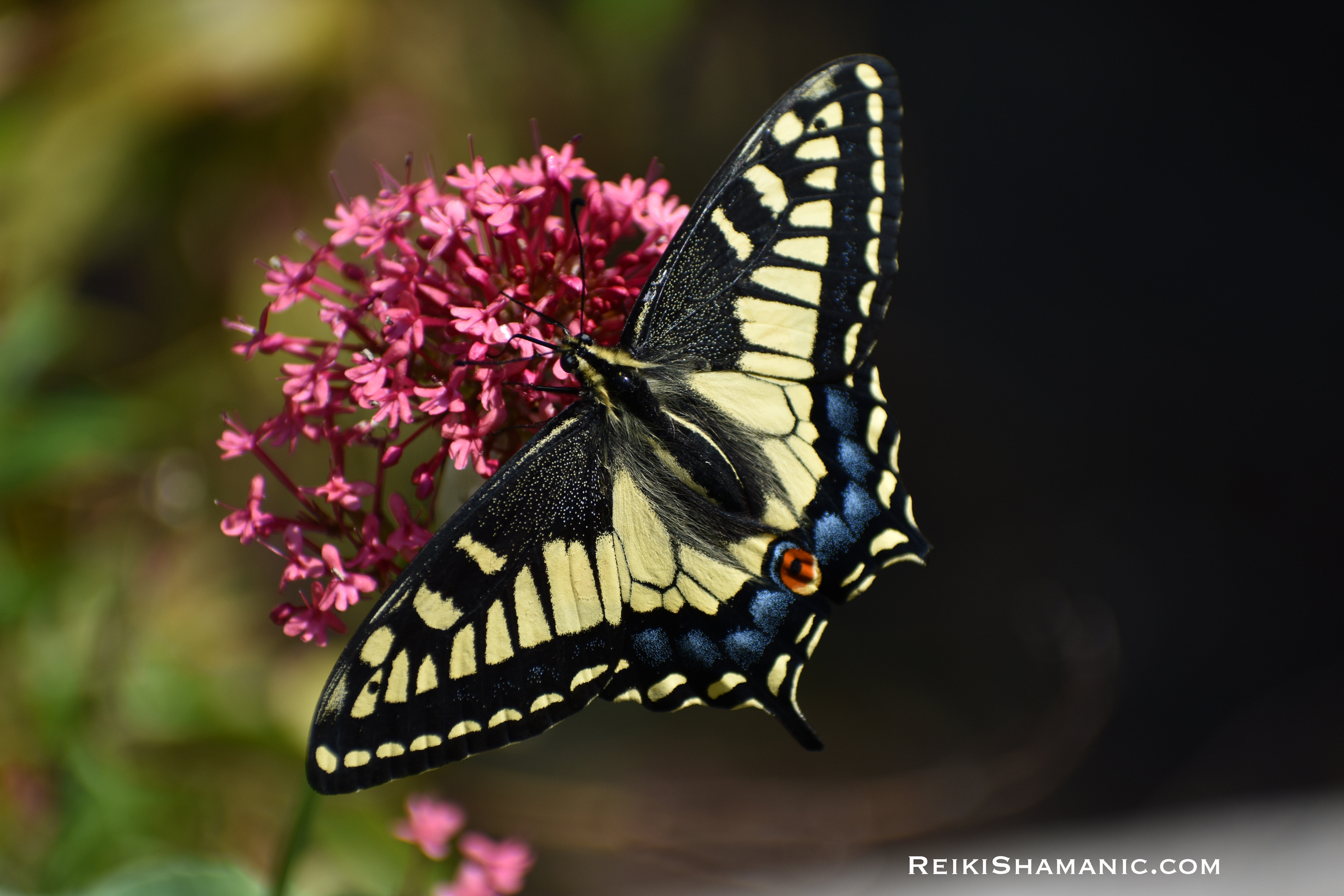
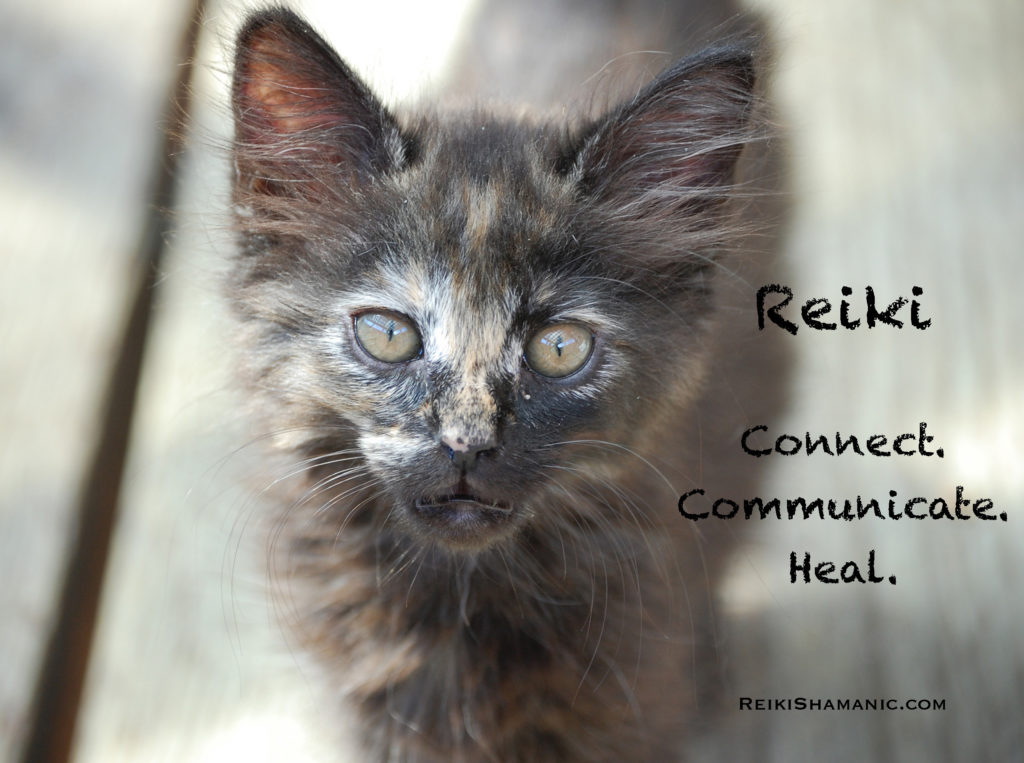
Beautifully done Rose, as you will find I did forward it to the group and now will pass it on to Sally Del Fierro at the Port.
Again ‘thanks’ for you presence and involvement.
Dolly